Photography have always been a passion of mine, ever since I got a Nikon 5700 camera in exchange for doing some coding about 10 years ago.
The heart of this camera is the TAOS TSL1412S sensor. This is a linear array sensor with 1x1536 pixels, each 63.5um square. By scanning the sensor in the focus plane I get a monochrome 4190x1536 image. The physical image size is 138x97mm. These numbers give non-square pixels, but that is easily adjusted in Photoshop.
I use an Arduino Due to A/D convert the image and an EasyDriver drives a stepper motor from ITeadStudio. A 2.2" TFT from Adafruit displays the light meter , settings and the image in progress. It also holds the SD-card.
I take full advantage of the 12 bit A/D in the Due. Using oversampling I can get 15 bits/pixel images.
The focuser is taken from an old film enlarger i found at second hand. I made the bellows myself.
It takes a while to scan the image. In daylight/sunlight I get an image in about two minutes (2ms shutter), but in twilight it takes about 45 minutes (200ms shutter).
I also added an adjusteable delay between each column. This way I can take an image over several hours, for example during sunset/sunrise.
Since a 10x100mm IR filter would probably be quite expensive I opted to skip it, giving near-IR images.
Connected: A Wifi module will hopefully allow me to store the pictures directly to an Android phone, avoiding SD-card latency and making it easier to use. By storing the pictures directly in the DCIM directory on the phone I can take advantage of the phone's connectivity and immediately upload them to the service of my choice.
Open: The source code for this project is released without any licence whatsoever. You are free to use it in any way you like. All drawings I made are published as well. But since most of the hardware is hand-built I don't have many of those. See the links on the left side of the page for source code and drawings.
This project uses the Adafruit_CC3000 library [ Copyright 2013-2014 Limor Fried, Kevin Townsend for Adafruit Industries & Tony DiCola. ]
And the Adafruit_ILI9340 library, slightly modified [ MIT licence, Written by Limor Fried/Ladyada for Adafruit Industries.]
Also the Adafruit_GFX library is used. [ BSD licence, Copyright (c) 2012 Adafruit Industries. ]
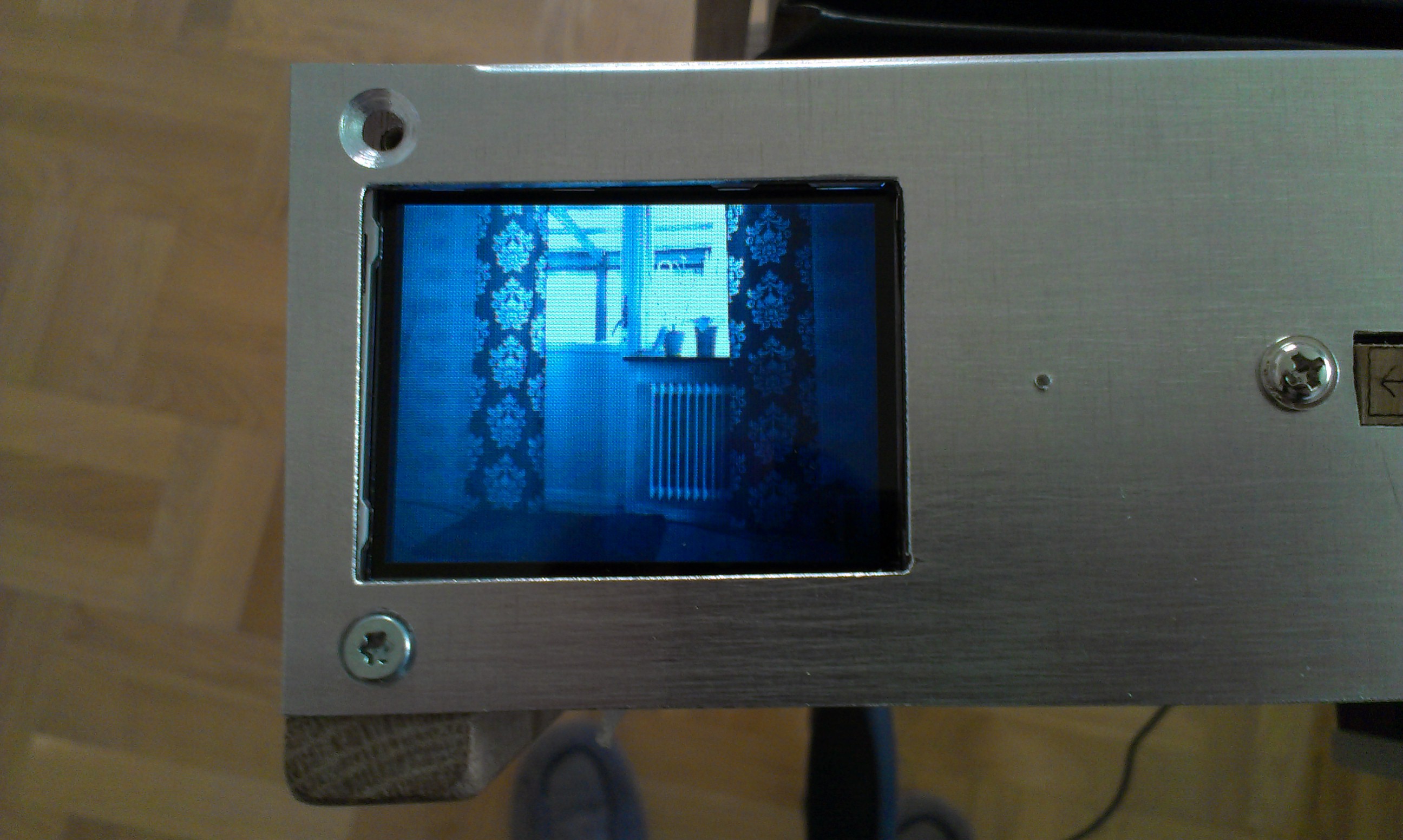
First light! It took about two months to get to this point.
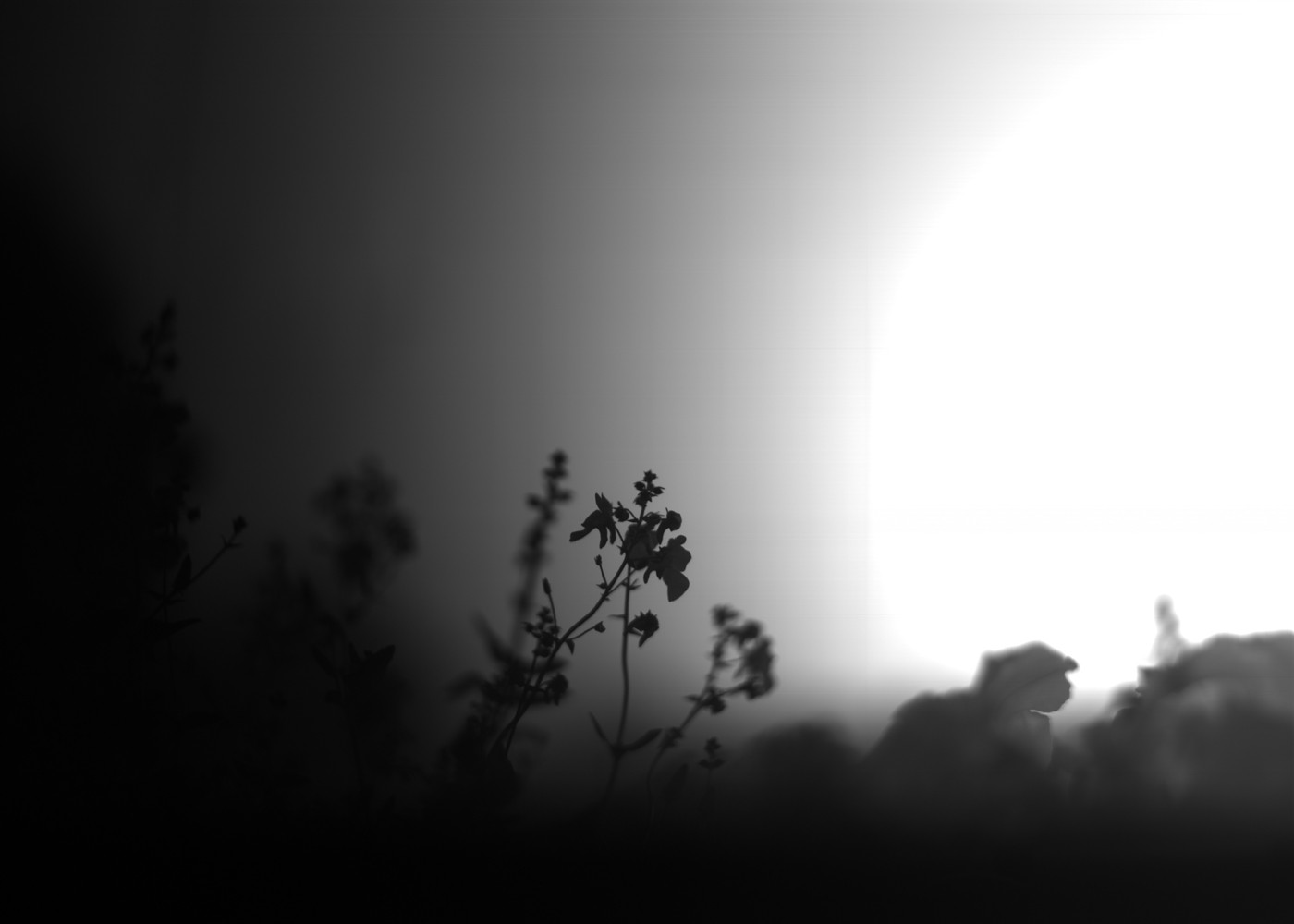
A macro image of some flowers during sunset. Image is scanned from right-to-left.

An image from a mountaintop near where I live.
 jimmy.c.alzen
jimmy.c.alzen



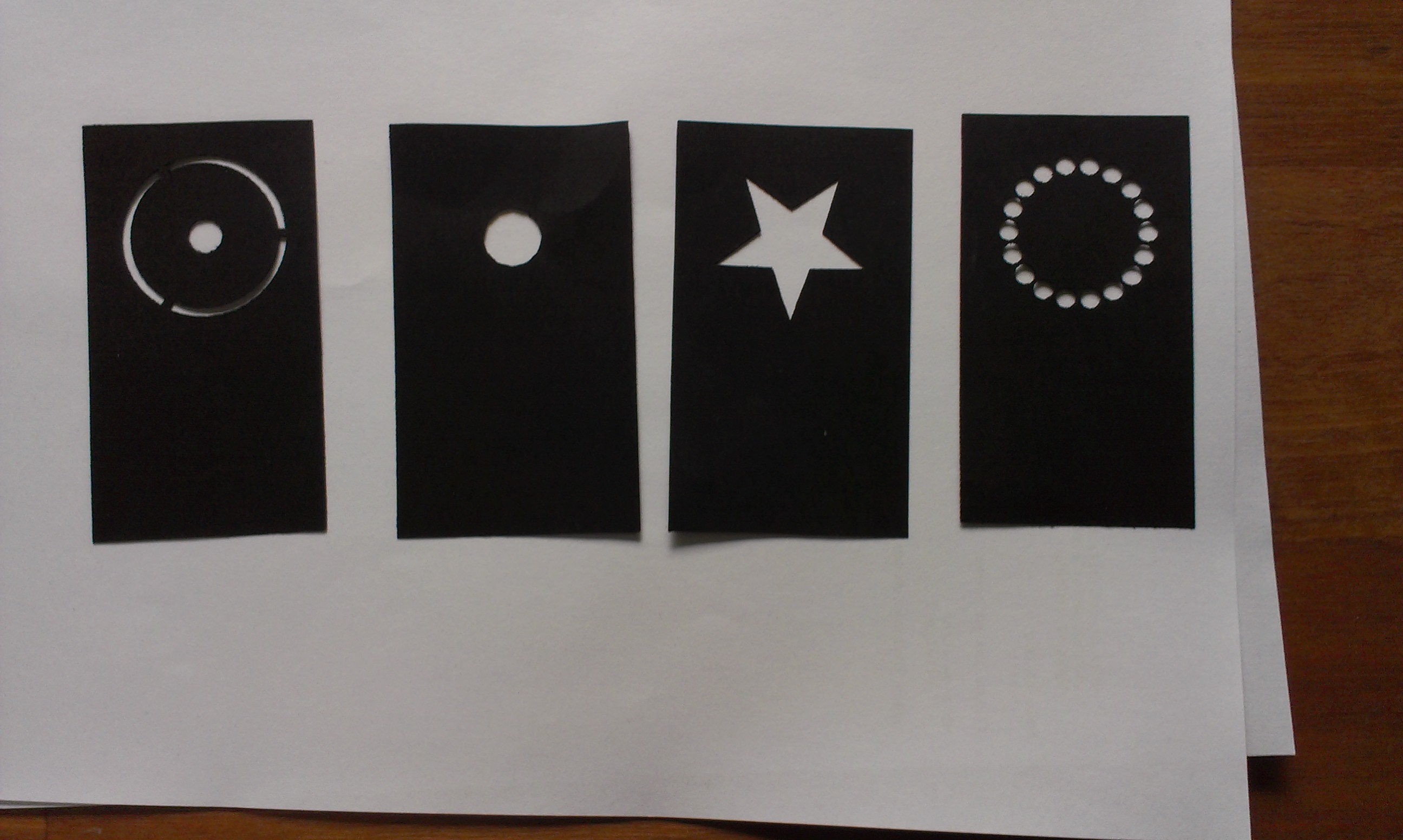




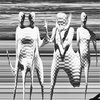

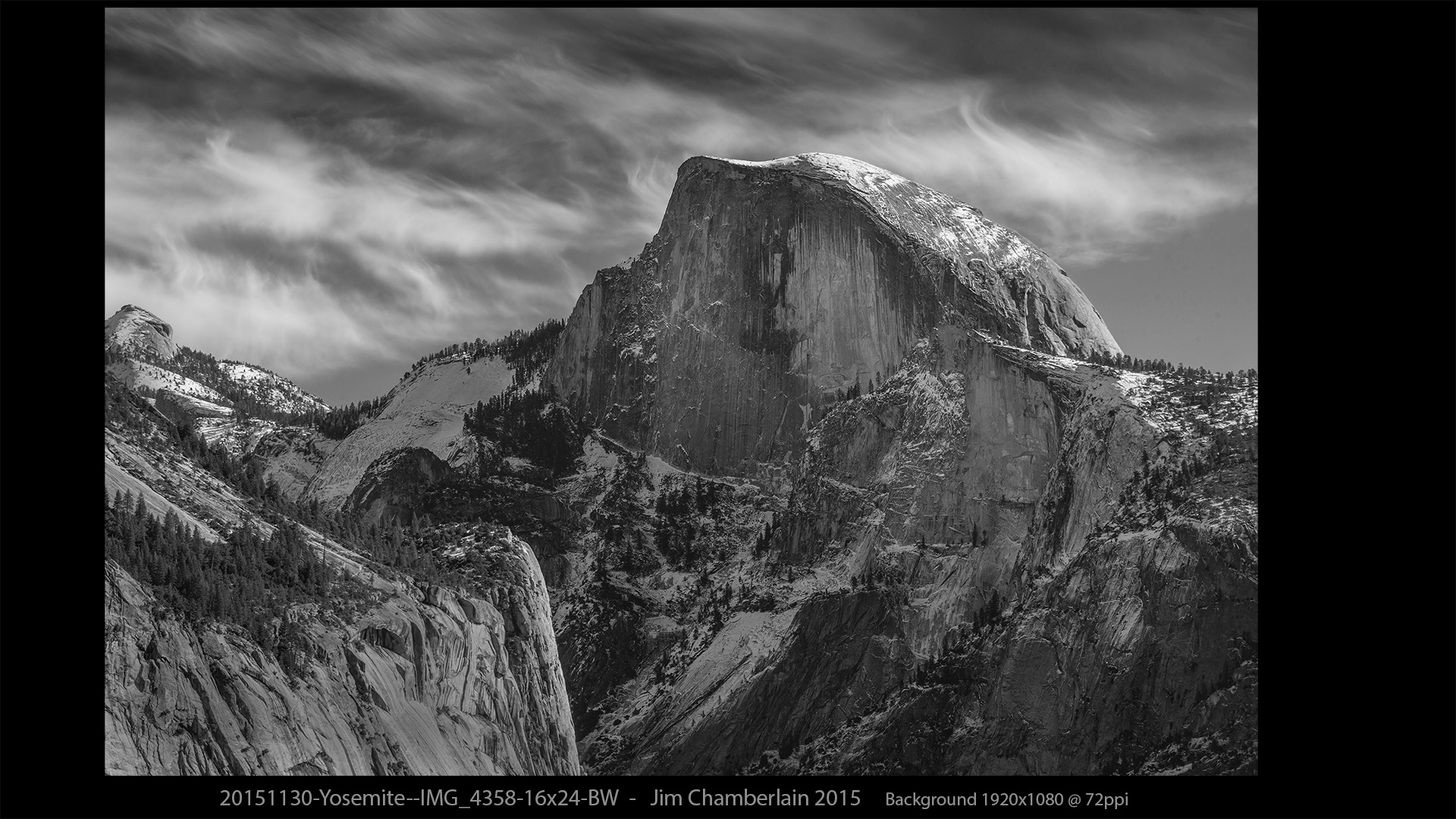
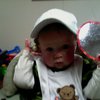
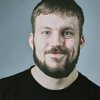
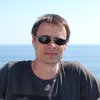
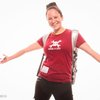
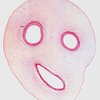
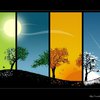

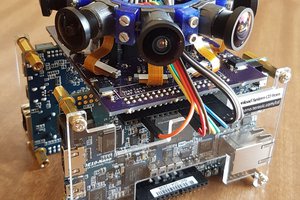
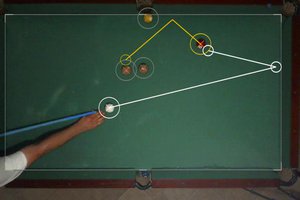
 alex
alex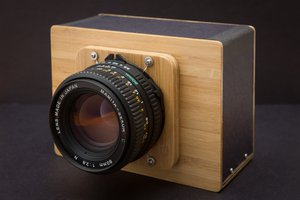
 Kevin Kadooka
Kevin Kadooka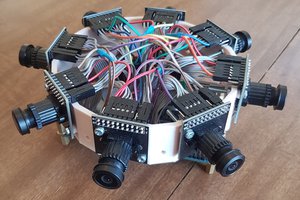
Great Project
I created a scanner camera out of an old lide Canon scanner, but this project appears to be much better as I won't require a computer to scan. you can see here oldroll camera https://oldrollapkmod.com